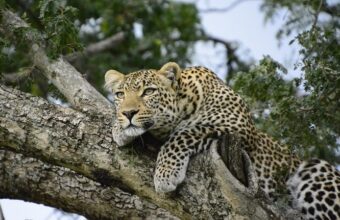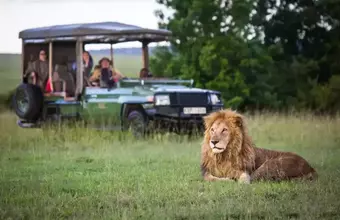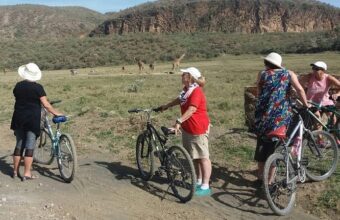Kenya besides safari
Things to do in Kenya other than safari
Many visitors to Kenya devote their entire trip to going on safari. But what first time safari goers often don’t realise is just how exhausting a safari can be. I find that hours and hours spent in a vehicle on bumpy dirt tracks and lots of early mornings can quickly lead to safari overkill.
So I highly recommend you mix your safari up with some other sights and activities. And, fortunately, Kenya has no shortage of non-safari activities.
Here are a few of my favourite things to do in Kenya other than safari.
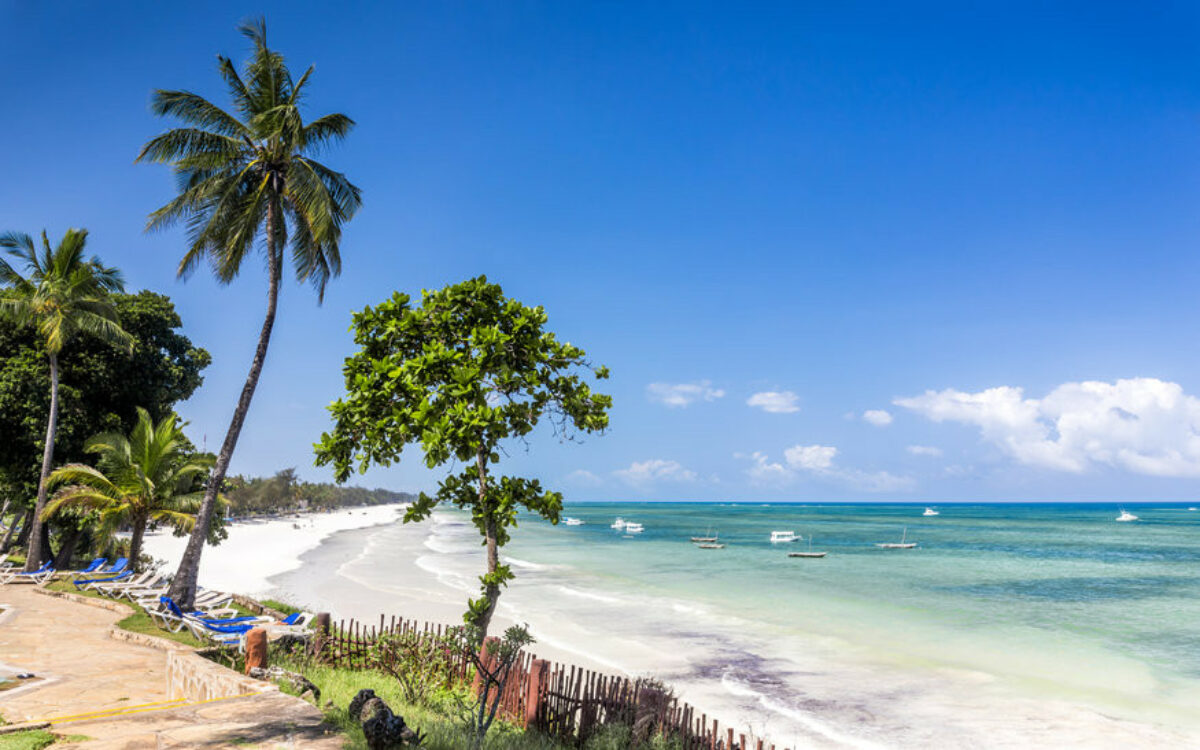
Glorious Diani beach, arguably the most beautiful in Kenya
Things to do in Kenya (besides safaris)
What to do before or after your safari
Unwind on Kenya's beaches
The most popular add-on to a safari is to throw in a bit of sun and sand time on Kenya’s delicious Indian Ocean coastline.
Direct flights link most of the main national parks and reserves with Diani and Malindi beaches. Both of these are major beach resort towns with huge sweeps of coconut milk sands and placid blue waters. (Diani is, arguably, the more beautiful of the two.)
Both have a massive range of accommodation including some great boutique places. There’s a real international scene at both beaches, with tourists from around the world and heaps of Kenyans from the inland cities.
Smaller, and perhaps more rewarding beach destinations include lovely Watamu, which is also close to the ruins of the haunted and abandoned ancient Swahili city of Gede and the Arabuko Sokoke National Park, which is one of the last patches of indigenous coastal forest left in East Africa.
All visits to this park are on foot, which is a great opportunity to stretch the legs after a long jeep-bound safari, and search for unusual creatures such as the golden rumped elephant shrew, the Sokoke bushy-tailed mongoose and the Sokoke scops owl, all of which are endemic to the forest.
Kilifi Creek is another beautiful destination, with mirror calm waters and small sandy coves. It’s popular with Kenyans but is as yet undiscovered by international visitors.
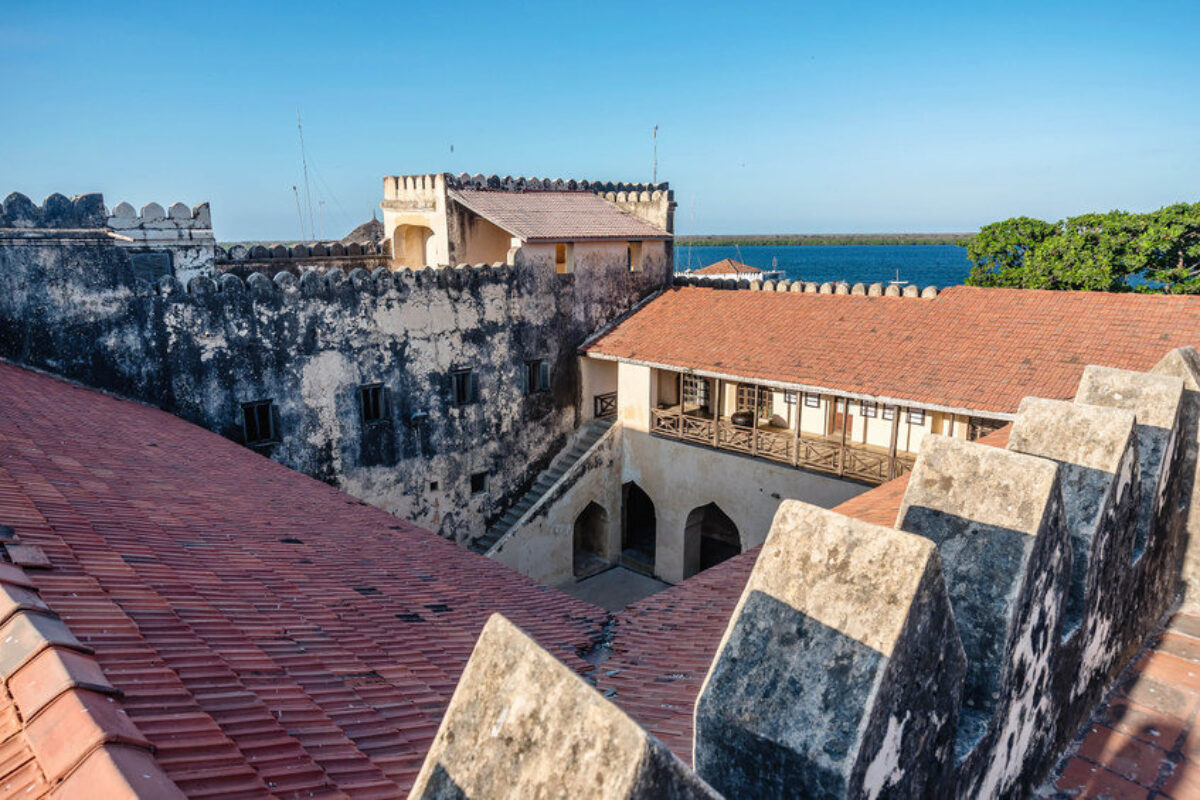
The fort in historical Lamu
The real highlight of the coast, though, is the Lamu archipelago. This scattering of small sandy islands is a real fantasy destination that centres on the archipelago’s main town, Lamu.
The narrow, car-free streets and ancient buildings make this perhaps the most complete traditional Swahili town in existence. The laid back atmosphere of the town, the beauty of the islands and the pleasure of spending days drifting about the archipelago on an old wooden dhow (traditional sailing boat) make this a place that most visitors find hard to say goodbye too. There are flights from some of the main parks and reserves to Lamu.
If you do go to the coast remember to pack a snorkel and mask. The whole coastline is fringed by coral reefs and offers superb diving and snorkelling and at certain times of year migrating whales can be seen.
Explore the great lakes
Tearing through the heart of Kenya is the Rift Valley, a huge gash in the earth's crust that runs from the Red Sea to Mozambique.
The Kenyan part of the Rift Valley is one of the more spectacular parts. Dotted with volcanic cones and lined with a glistening array of lakes including Lakes Naivasha, Elementia and Nakuru.
This is an area of immense beauty and interest and a few days exploring some of these lakes is an interesting safari add-on.
Activities include boating past hippos, walking alongside zebra, cycling among baboons, fawning over flamingos and a zillion other birds and being awed by rhinos. If you travel overland from Nairobi to the Masai Mara National Reserve then it’s easy to slot in a visit to a few of these lakes.
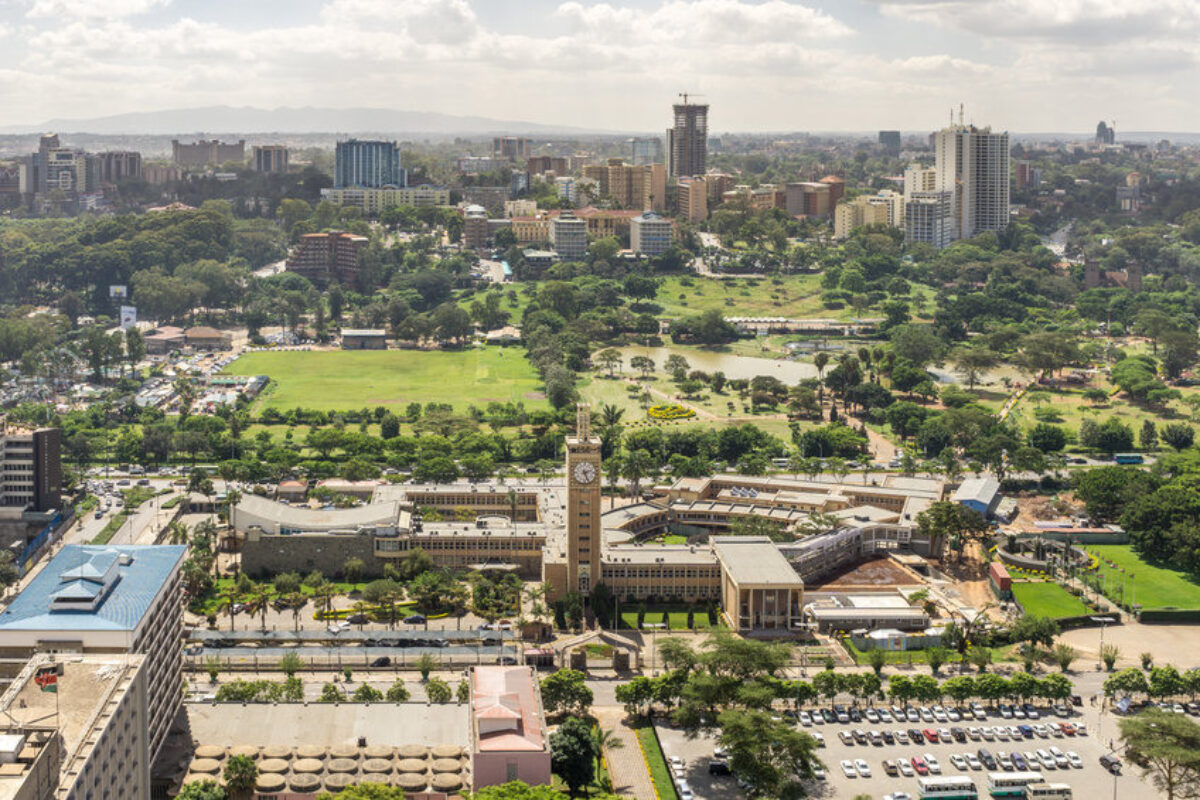
Downtown Nairobi
Don’t skip Nairobi & Mombasa
Kenya’s two main cities – Nairobi and Mombasa – each have their unique and utterly different personalities, but neither really gets the recognition they deserve from travellers.
Continental hub, and the booming capital of Kenya, Nairobi is so much more than just the place you arrive and depart. It’s a vibrant hotspot of art, music, the tech industry and cultural heritage – all worth exploring for a few days.
The city has no shortage of live music venues, art shows, artisanal markets and so many quality bars and restaurants of various cuisines that it’s almost overwhelming. Don’t make the mistake many travellers do of leaving straight after arriving into Nairobi.
Mombasa offers a different experience. Hot, humid and sultry (as compared to Nairobi’s often cool, drizzly skies), it’s the country’s largest port and has been a gateway into Kenya and the region for centuries – the influence of generations of people of Arab, Indian and Portuguese heritage is evident here, from the city’s architecture to styles of dress and even the street food.
Historical sites like Fort Jesus and the Old Town will stir up your curiosity for Swahili culture. It’s also the gateway to a ribbon of wonderful tropical beaches.
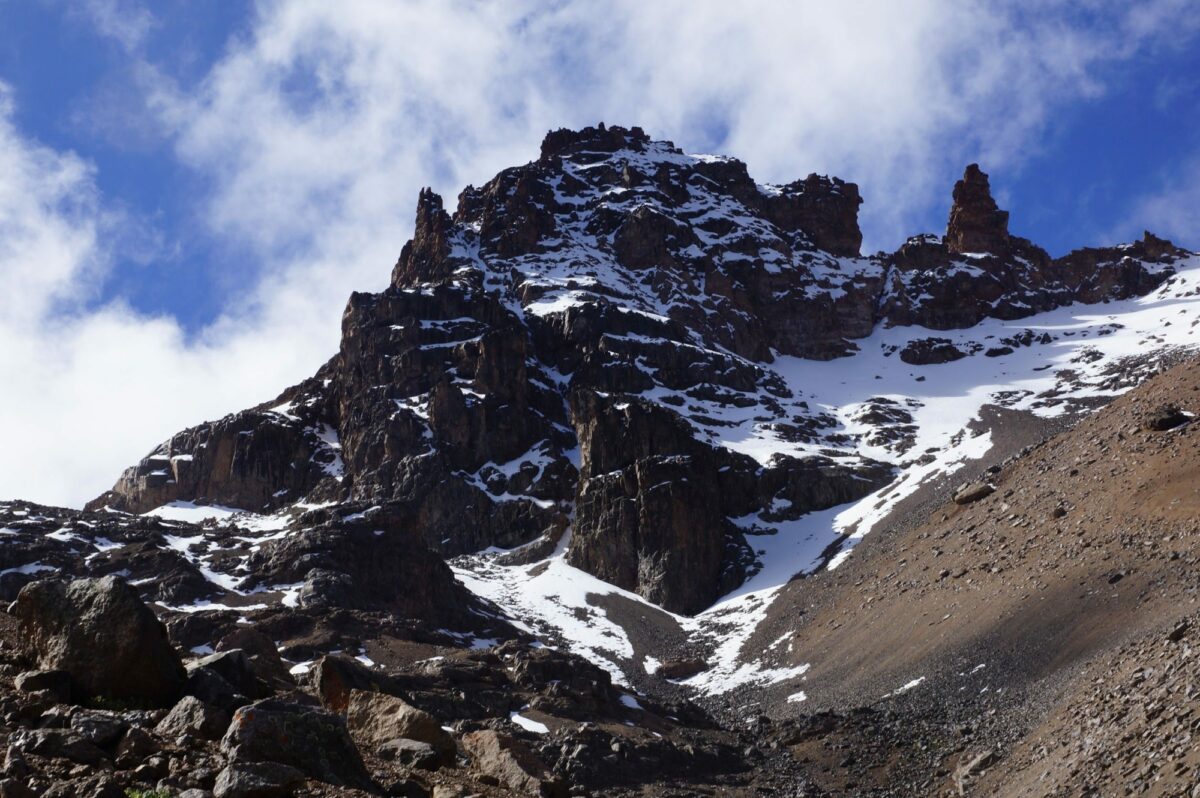
Mount Kenya, Africa's second highest peak
Hiking and trekking
Much of Kenya is a ramped up land of plateaus and escarpments, mountains, rolling moorlands and highland forests and fields and is wildly different to the safari cliches of sun burnt savannahs. Much of it makes for superb trekking and hiking.
At 5,199m, Mt Kenya is the second highest mountain in Africa. Climbing it is no walk in the park, but the challenging multi-day ascent is a popular option with the more adventurous visitor.
Other fine walking can be found in the very far west at Mt Elgon (4321m) and Mt Longonot (2776m) in the Rift Valley. The Chyulu Hills near the Tsavo National Park are a fine walking area of green rolling hills while the Aberdares in central Kenya offer exciting upland walking.
Excellent walking can also be had on the Laikipia Plateau where wildlife, progressive conservation tourism and beautiful scenery combine.
Bush walks
Something that every Kenya safari goer should try is a bush walk. These are easy walks of anything from an hour to a half-day during which an experienced guide (often accompanied by an armed ranger) will reveal all the little things that make the savannah tick.
You’ll learn about the different medicinal plants, do some bird watching, find out which foot prints belong to which animal, discover things about the importance of insects and, if you’re lucky, get to spot some of Kenya’s megafauna outside of the safety of a vehicle (and yes, that does include face to face, on-foot encounters with buffalo, elephant and lion!)
Some places, such as Saruni Rhino, specialise in on-foot safaris to track rhino in the arid north. Doing a bush walk is a fabulous way to break the monotony of vehicle safaris and they can be organised by many camps and lodges (though note that not all parks and reserves allow bush walks. The conservancies are the best place to do these).

